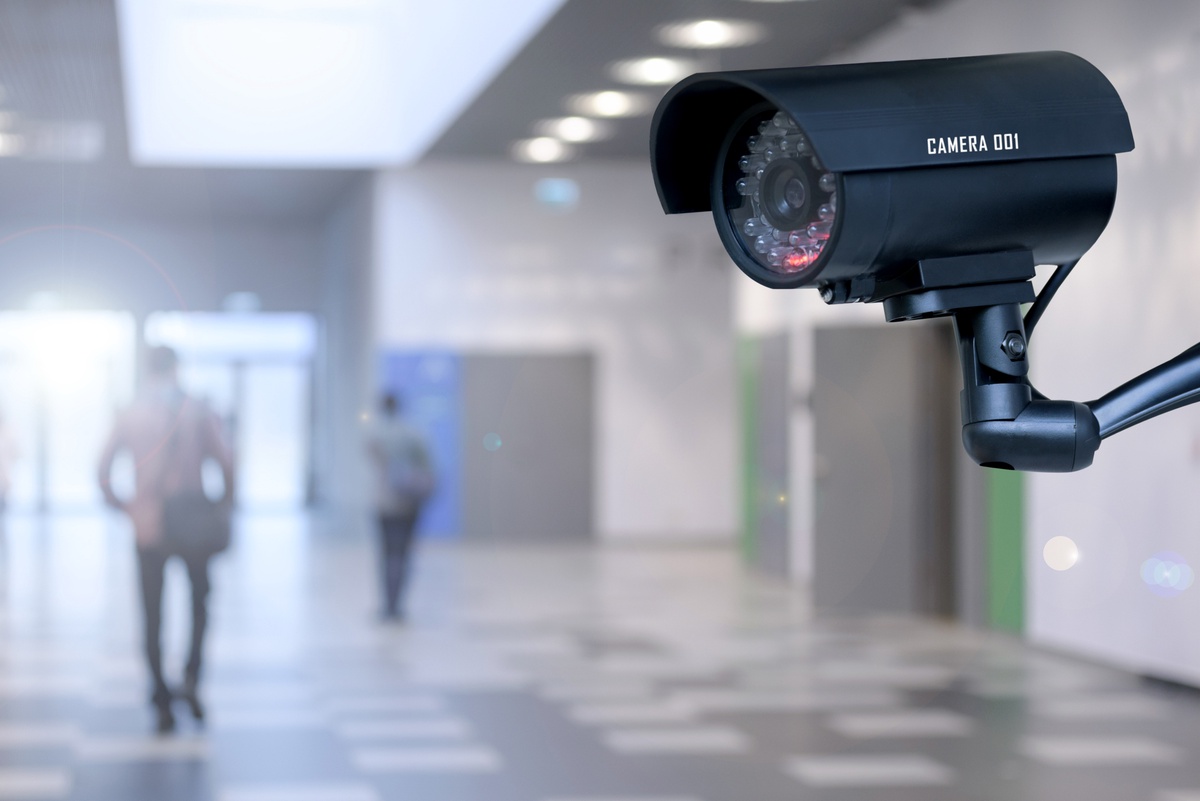In today’s world, where security is of paramount importance, the necessity to monitor workplace environments has become more pronounced. Businesses of various sizes have increasingly turned to security cameras as a means to ensure safety and efficiency. Accessing these cameras, particularly in a workplace setting, requires a blend of technological know-how and adherence to legal and ethical guidelines.
Understanding the Basics
Before delving into the specifics of accessing workplace security cameras, it’s essential to understand the types of cameras used. Among the various options, the Dome Security Camera stands out for its discreet design and wide-angle coverage, making it a popular choice for indoor surveillance. This type of camera, often ceiling-mounted, offers a panoramic view of the workplace, ensuring comprehensive monitoring.
The Technical Setup
Accessing your workplace security cameras starts with the technical setup. Most modern security cameras, including dome cameras, are IP-based, meaning they're connected to the internet. This setup allows for remote access, which is particularly useful for managers or security personnel who need to monitor the premises outside of standard working hours. To access the cameras, you’ll typically need a computer or a smartphone, the IP address of the camera, and the correct login credentials.
Software and Applications
Once the hardware is in place, the next step is choosing the right software or application. Many security camera manufacturers provide their own apps, designed to give you live feeds and recorded footage at your fingertips. These applications often come with additional features like motion detection alerts and the ability to pan or zoom the camera remotely.
Remote Access
The most sought-after feature in workplace security cameras is remote access. This feature allows you to view live footage from anywhere, provided you have an internet connection. To set this up, you’ll need to configure your network settings to allow external connections. This process, known as port forwarding, involves some technical steps and should be done carefully to ensure the network remains secure.
Security Measures
While accessing your workplace security cameras remotely is convenient, it also poses security risks. To mitigate these risks, it’s crucial to implement strong passwords, use encrypted connections, and regularly update the camera’s firmware. Moreover, assigning access rights only to authorized personnel will further enhance the security of your surveillance system.
Legal and Ethical Considerations
Beyond the technical aspects, it’s vital to consider the legal and ethical implications of workplace surveillance. Laws regarding the use of security cameras vary by region, but generally, employers are required to inform employees about the surveillance. The purpose of the cameras should be for security and operational efficiency, not for monitoring employee productivity or invading privacy.
Best Practices
To make the most out of your workplace security system, adhere to some best practices. Position cameras strategically to cover key areas without being intrusive. Regularly check the cameras and the recording equipment to ensure they are functioning correctly. Additionally, keep the recorded footage secure and only retain it for as long as necessary.
Troubleshooting Common Issues
Even with the best setup, you might encounter issues while accessing your security cameras. Common problems include connectivity issues, software glitches, or camera malfunctions. Most of these can be resolved by checking the network connection, updating the software, or resetting the camera. For more complex issues, consult with a professional or the camera manufacturer.
Conclusion
In conclusion, accessing your workplace security cameras involves a mix of technical setup, software understanding, and adherence to legal and ethical guidelines. By following the steps outlined above and considering the best practices, you can ensure a secure and effective surveillance system that protects your business while respecting the rights of your employees.


No comments yet